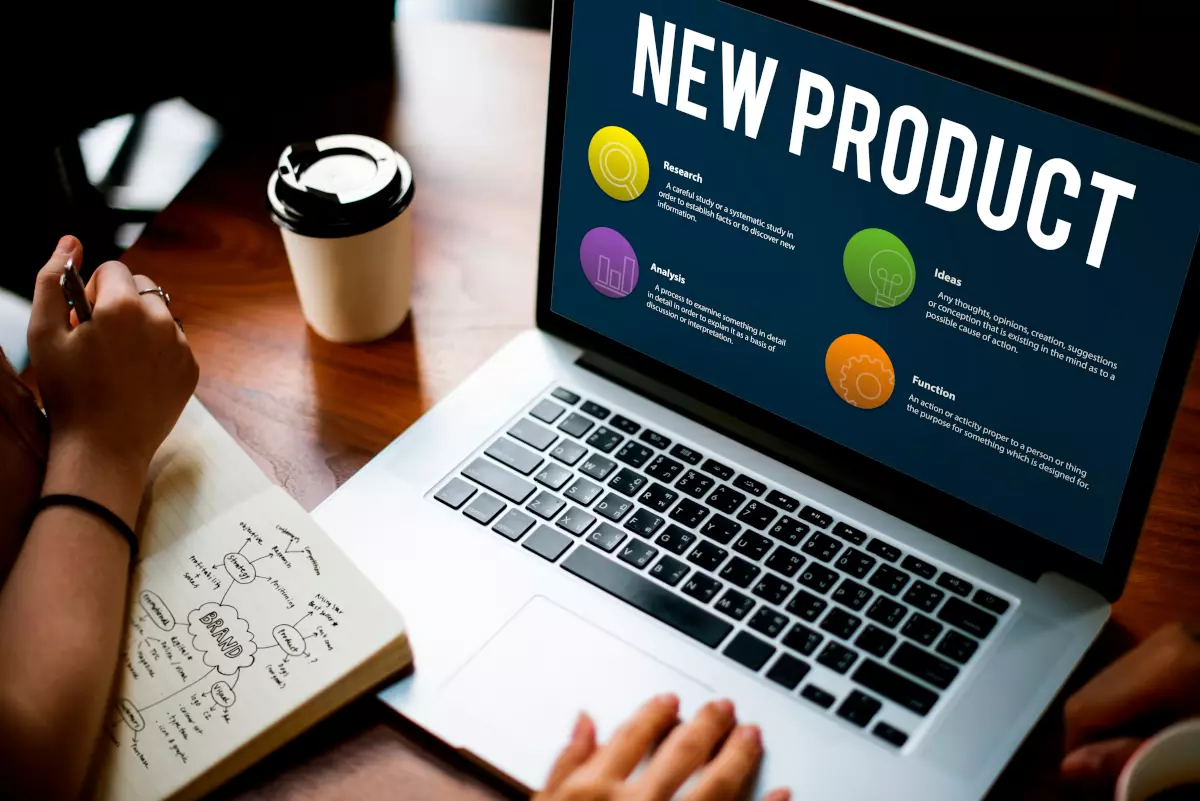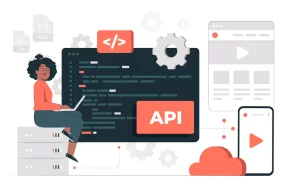
Building a successful tech startup is an exciting and challenging journey. One of the crucial steps in this process is developing a Minimum Viable Product (MVP). An MVP allows you to test your product hypothesis, gather valuable user feedback, and iterate based on those insights. In this blog post, we will dive into the MVP development process for tech startups, providing you with a roadmap to bring your idea to life.
Why You Need an MVP
In the fast-paced world of tech startups, the need for a Minimum Viable Product (MVP) cannot be overstated. Developing an MVP offers numerous benefits that can set your startup on the path to success. Let’s explore why an MVP is a crucial step in the development process.
Validate Your Idea
Before investing significant time and resources into building a fully-featured product, it’s essential to validate your idea. An MVP allows you to test your assumptions and hypotheses in a real-world setting. By creating a simplified version of your product, you can gauge user interest, gather feedback, and determine if your concept has market potential. It’s a way to validate whether your idea solves a genuine problem and meets the needs of your target audience.
Save Time and Money
Building a full-scale product from scratch is a time-consuming and expensive endeavor. Developing an MVP helps you minimize these risks. By focusing on the core features and functionalities, you can develop and launch your product quickly and cost-effectively. This iterative approach allows you to gather insights early on, make informed decisions, and avoid wasting resources on unnecessary features or functionalities that may not resonate with your users.
Learn from User Feedback
User feedback is invaluable for any startup. An MVP gives you the opportunity to engage with early adopters and gather their insights. By observing how users interact with your product, you can identify pain points, usability issues, and areas for improvement.
This direct feedback loop allows you to make data-driven decisions, iterate on your product, and address user needs effectively. Incorporating user feedback early in the development process increases the chances of building a product that truly resonates with your target audience.
Attract Investors and Partners
When it comes to securing funding or attracting potential partners, having a tangible product to showcase is crucial. An MVP demonstrates that you have taken concrete steps toward realizing your vision. It provides investors and partners with a clear understanding of your product’s value proposition and its potential in the market. Additionally, user feedback and validation obtained through the MVP can significantly enhance your credibility and increase your chances of securing investments or partnerships.
Iterate and Pivot
Startups often need to adapt and pivot their strategies based on market dynamics and user feedback. An MVP empowers you to iterate and pivot effectively. By gathering real-world data and user insights, you can make informed decisions about the future direction of your product.
If the feedback suggests a need for changes or adjustments, you have the flexibility to iterate quickly without significant disruptions. This agility is essential for startups navigating the ever-evolving market landscape.
Defining Your Vision
Every successful product starts with a clear vision. Before diving into the development process, you need to define your product’s purpose, target audience, and core features. Understanding your users and their pain points will help you create a compelling value proposition that addresses their needs effectively.
Identifying Key Features
Once you have a clear vision, it’s time to identify the key features that will make up your MVP. Focus on the features that are essential to solving the core problem your product aims to address. Remember, MVP is not about building a fully-featured product but rather about delivering a functional solution that demonstrates your concept.
Prioritizing Features
With a list of features in hand, it’s essential to prioritize them based on their importance and feasibility. Start by categorizing them into must-have, nice-to-have, and future enhancements. This will help you stay focused on the essential aspects of your product and prevent feature creep, which can delay your MVP launch.
Designing the User Interface (UI) and User Experience (UX)
User experience is crucial for the success of any product. Invest time in designing an intuitive and visually appealing UI that aligns with your brand. The UI should be user-friendly, guiding users through the product seamlessly. A well-designed UX will help users understand how to interact with your product and ensure a positive experience.
Developing the MVP
The development phase is where your vision and designs come to life. Depending on your technical expertise and resources, you can choose to build the MVP in-house or outsource the development to a reliable partner. Agile methodologies, such as Scrum, can be helpful during this phase, allowing for iterative development and quick feedback loops.
Testing and Gathering User Feedback
Once your MVP is developed, it’s time to put it in the hands of your target users. Launch it to a small group of beta testers or early adopters and gather their feedback. Pay close attention to how they interact with your product, what they like, and what can be improved. Use this feedback to refine your product and prioritize future iterations.
Iterating and Scaling
Based on the user feedback, you can now iterate on your MVP, adding new features, improving existing ones, and fixing any issues. Remember, the goal is to continuously refine your product based on user needs and market demands. As you gather more insights and validate your product-market fit, you can start scaling your startup, attracting more users, and expanding your customer base.
Launching the Full Product
Once you have iterated on your MVP and achieved a level of stability and market validation, it’s time to launch your full product. By this stage, you should have a solid understanding of your target audience, their pain points, and how your product addresses those pain points effectively. A successful MVP development process sets the stage for a successful product launch.
In conclusion
In conclusion, developing an MVP is a fundamental step for tech startups. It allows you to validate your idea, save time and money, learn from user feedback, attract investors, and adapt your product based on market demands. By embracing the MVP approach, you can mitigate risks, maximize your chances of success, and build a product that truly meets the needs of your target audience. So, don’t underestimate the power of an MVP—embrace it and set your startup on the path to greatness.
The MVP development process is a critical phase in the journey of a tech startup. It allows you to validate your product idea, gather user feedback, and make data-driven decisions. By following the steps outlined in this blog post, you can streamline your MVP development process and increase your chances of building a successful product that resonates with your target audience. Remember, it’s not just about the MVP; it’s about the continuous improvement and growth







